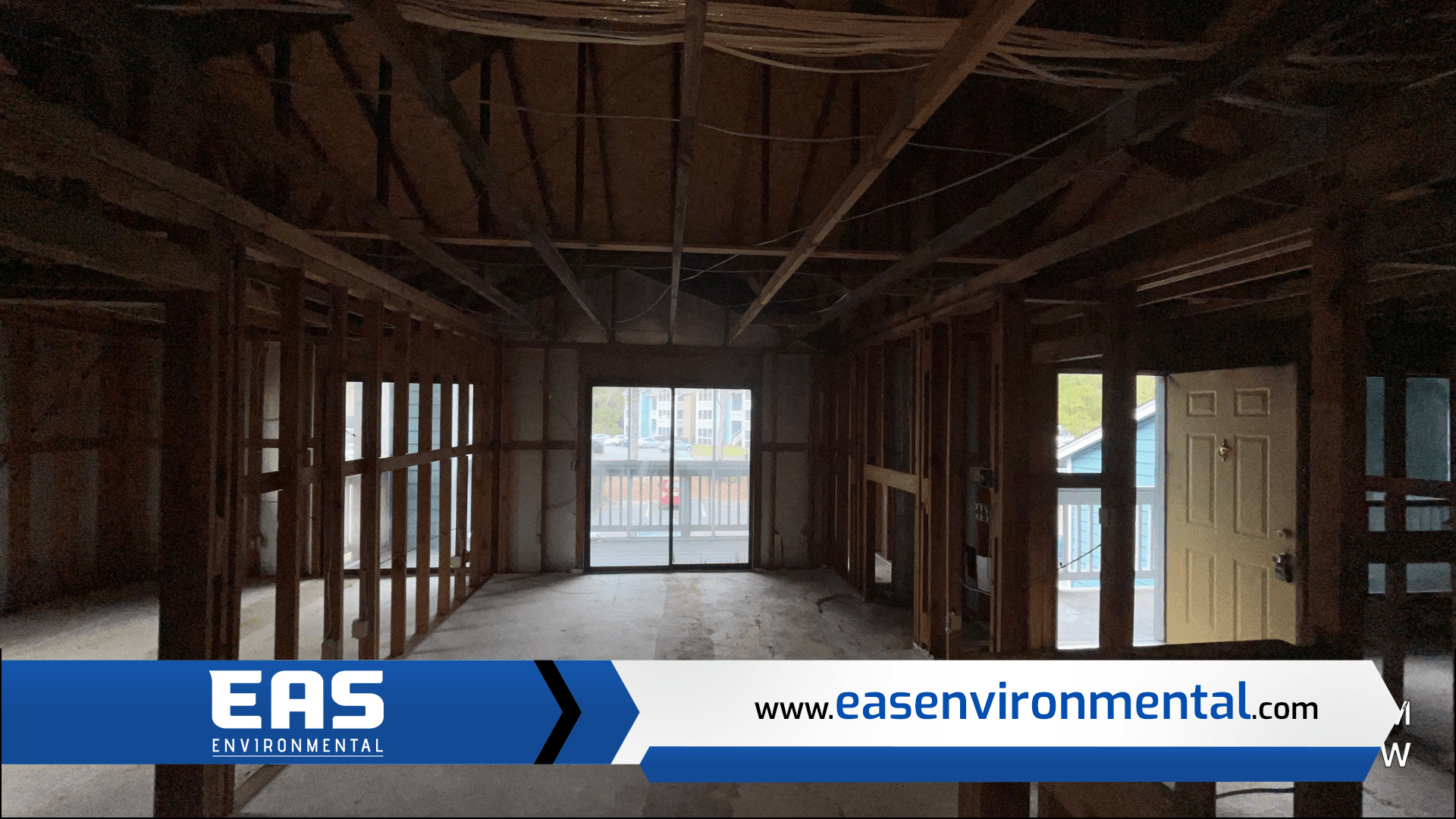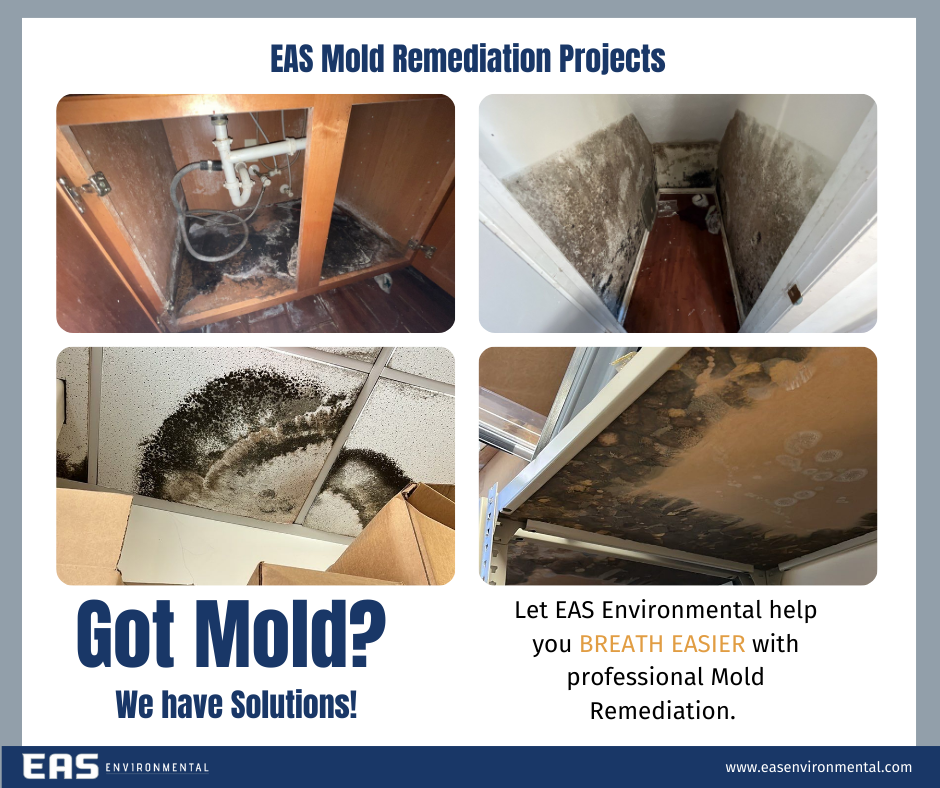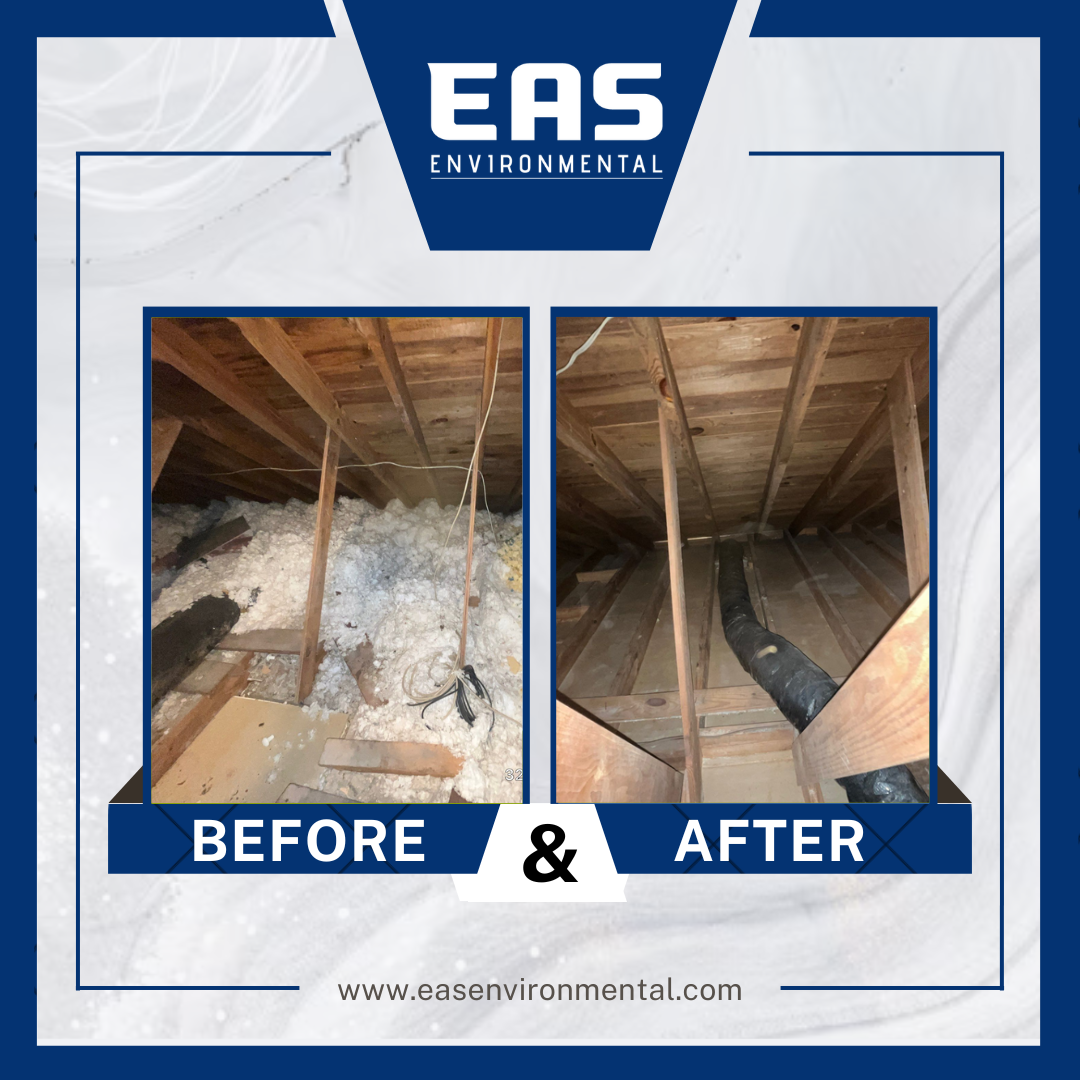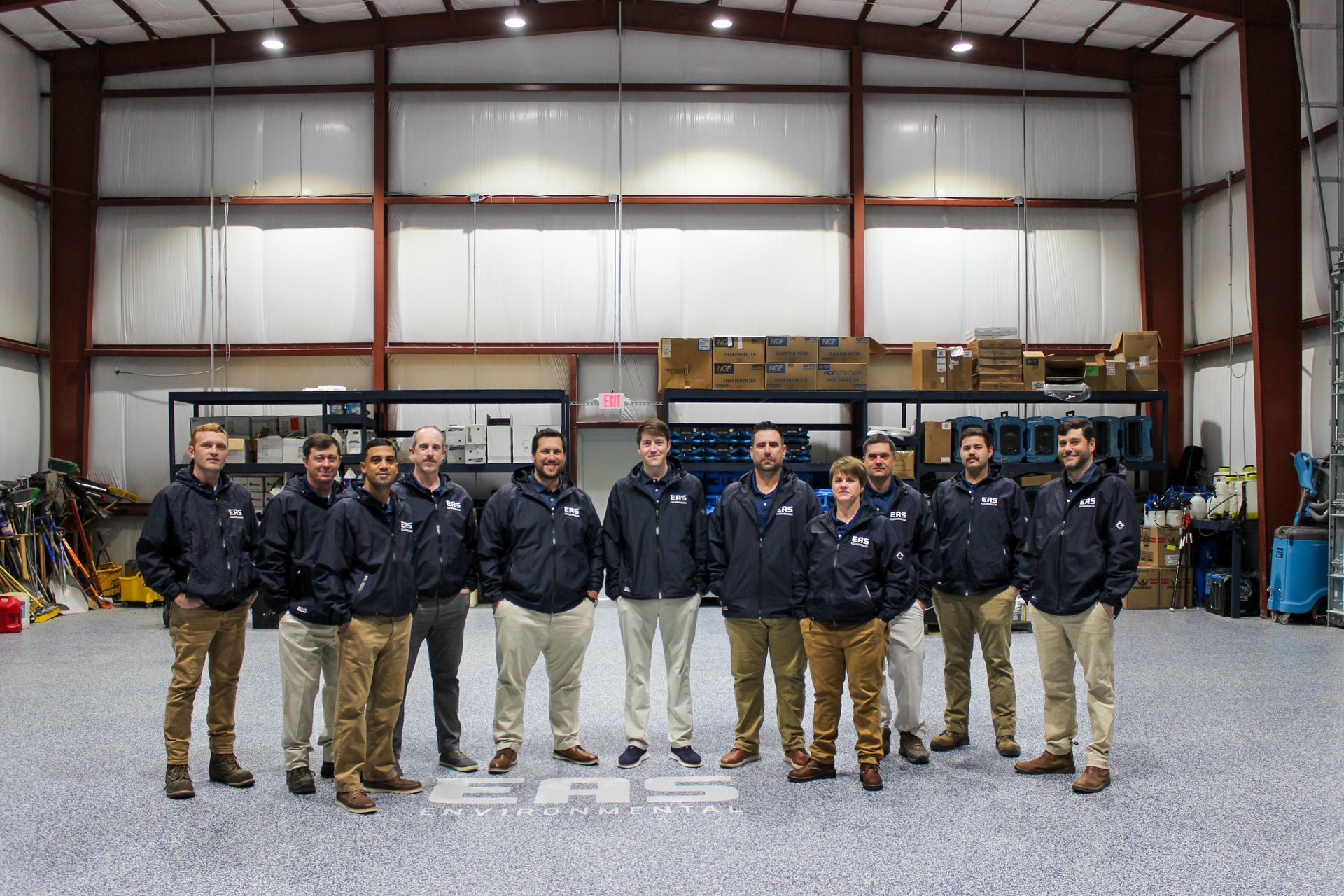
Are you considering an interior demolition project in your home? Whether you’re gutting a room to start anew or removing structural elements to create a more open space, interior demolition can be a daunting task. While it may seem overwhelming at first, with the right knowledge and preparation you can make sure your project goes off without a hitch.
What is interior demolition?
If you are a homeowner looking to completely renovate your house, the first step is to understand what is involved in interior demolition. Interior demolition is the process of ripping out everything from walls and ceilings to floors and fixtures. It’s a complex process that requires knowledge, skill, training, and experience.
The Process of Interior Demolition
Interior demolition can be intimidating, so it’s important to have a clear plan in place before you begin. The first step is to create a list of all the items that need to be taken out of the space. This includes structural elements like walls and floors as well as fixtures like light switches, doors, windows, and cabinets. Once you have this list, you can start planning out how you will tackle each item on the list one by one.
For larger jobs, it may be beneficial to hire a professional contractor who specializes in interior demolition. A professional contractor can guide how best to approach your project and ensure that all safety protocols are followed throughout the process. They can also help with any additional tasks such as disposing of debris or cleaning up after the job is done.
What are some of the benefits of interior demolition?
Planning a home renovation can be incredibly exciting, but for many homeowners, it can also be intimidating. One of the most intimidating aspects of any home renovation is interior demolition. But with the right approach, interior demolition can make your renovation project much easier and more successful.
Interior Demolition Makes Room for Construction
One of the most obvious benefits of interior demolition is that it allows you to create a blank canvas to work with. If you are renovating an older home, chances are there will be some areas that need to be completely torn down to make way for new construction. By demolishing those areas, you're creating a space that is ready and waiting for whatever construction projects you have planned next.
Interior Demolition Can Make Your Home More Efficient
Another great benefit of interior demolition is that it allows you to upgrade your home in ways that will improve efficiency and save on energy costs. For example, if your walls are constructed with outdated materials like asbestos or lead-based paint, then removing those materials can help make your home healthier and more energy efficient. You may also find that removing old wiring or plumbing systems is necessary to upgrade them with newer models that will help reduce energy costs over time.
Interior Demolition Helps Create Space
Finally, one of the greatest benefits of interior demolition is simply having more space! Whether you're removing an entire wall or just tearing down a single partition, making room for open floor plans or larger walkways can give any space a much-needed facelift. With careful planning and strategic positioning, even small spaces can be transformed into functional living spaces—all thanks to interior demolition!
What are some of the risks of interior demolition?
Demolishing an interior space can be an exciting and exciting project, but it also presents some potential risks that should not be taken lightly. If you’re looking to remodel a room or area in your home, understanding the many risks associated with interior demolition is key. From dust and debris to structural integrity issues, there are a few things you need to be aware of before proceeding with any kind of interior demolition.
Dust and Debris
One of the biggest risks associated with interior demolition is the issue of dust and debris. When tearing down walls or removing flooring or other materials, a great deal of dust is created which can contain harmful particles like mold spores, asbestos fibers, lead paint chips, construction debris, and other contaminants. This can present a significant health hazard if inhaled or ingested by people or pets in your home. It’s important to make sure that you have proper ventilation during demolition as well as proper protective equipment for anyone working on the project.
Structural Integrity Issues
Another risk associated with interior demolition is that it can weaken the structural integrity of your home or building. When walls are removed or large holes are cut into floors and ceilings, it can leave behind weak spots that can cause instability in your home over time. It’s important to ensure that any demolitions are done properly and under supervision so that they don’t compromise the structural integrity of your building.
Electrical Hazards
Finally, there are electrical hazards associated with interior demolition work. While tearing down walls or floors, contractors may accidentally damage electrical wiring which could cause short circuits, sparks, fires, and even electrocution if not handled properly. Make sure all electrical wires are identified before starting any kind of interior demolition work and shut off power where necessary for safety reasons.
What are some of the things I need to know before starting an interior demolition project?
Interior demolition projects are often necessary for home improvement and renovation projects. However, it can be daunting to take on an interior demolition project if you have never done one before. There are certain factors you should consider and steps you should take in order to complete your project safely and effectively.
Evaluating the Scope of Work
Before beginning any interior demolition project, it is important to evaluate the scope of work. Determine what needs to be demolished and where new construction will take place to plan out how much time and money will be required for the entire project. If possible, draw a detailed diagram or make a list of everything that needs to be removed or replaced during the demolition process. This will help ensure that you do not miss anything while completing your project.
Safety Precautions
When performing any kind of interior demolition work, safety is paramount—especially if there are hazardous materials involved such as asbestos or lead paint. It is important to wear protective gear such as gloves, goggles, dust masks, and long-sleeved shirts when handling any kind of debris or hazardous materials. Make sure all outlets and power wires are turned off before starting any type of demo work; otherwise there is a risk that someone could get electrocuted if they come in contact with live wires. It is also important to check local building codes before beginning any kind of interior demolition work to ensure compliance with safety regulations.
Disposal Guidelines
Interior demolition projects often generate large amounts of waste material that need to be disposed of properly. Common items include drywall, lumber, metal pipes, furniture, appliances, and other types of construction debris. Depending on where you live, there may be specific guidelines regarding how different types of debris must be disposed of; make sure you research this thoroughly before beginning your project so you can avoid hefty fines or other penalties down the line. Additionally, many municipalities offer bulk pick-up services for large amounts of debris; this can be a great way to speed up the cleanup process after finishing your project!
How do I prepare my home for an interior demolition project?
The first thing you should do is inspect the space you are planning to demolish. This includes checking the structure of the walls and ceilings to make sure they are stable and free of cracks or other issues that could compromise the safety of your home during a demolition project. If there are any issues present, they should be addressed before beginning any work.
It's also important to determine what type of materials will need to be removed during the demolition process, as certain materials may require special disposal techniques or equipment. For example, asbestos-containing material must be handled by local regulations to ensure its safe removal from your home. Additionally, hazardous materials such as lead paint must also be removed by trained professionals who know how to safely handle them.
Another important step is to remove any furniture or items from the room that could potentially get damaged as a result of the demolition process. It's best to move these items out before starting work so they don't become damaged during the project itself. Finally, if any electrical components need disconnecting or rewiring, it's best to have an electrician come in and take care of this before beginning work on your interior demolition project.
How do I choose a contractor for my interior demolition project?
If you’re planning on renovating your home and need to demolish some of the interior walls, then you may be wondering how to choose a contractor for the job. There are several important factors that you should take into account when selecting a contractor for your interior demolition project.
Do Your Research
Before you hire any contractor, it is important to do your research. Start by asking friends and family who have done similar projects in the past—chances are they can recommend someone reliable who they have worked with before. You can also search online for reviews of contractors in your area and read through them to get an idea of their services and customer service skills. Finally, make sure that the contractor is licensed, insured, and bonded before signing on the dotted line.
Check Their Portfolio
Once you’ve narrowed down some potential contractors, it is time to check out their portfolios. A good portfolio will showcase their previous work and provide proof that they have the skills necessary to complete your project successfully. Ask them for photos of completed projects similar to yours so that you can get an idea of their style and quality of workmanship.
Get Quotes from Multiple Vendors
No matter how much research you do or how good a particular contractor looks on paper, it is always wise to get quotes from multiple vendors before making a final decision. This way, you can compare prices as well as services offered by each one to make an informed decision about which one is right for you and your budget. Don’t forget to ask questions during the quoting process so that there are no surprises once the project begins!
What are some of the things I need to do after an interior demolition project?
Clean Up Thoroughly
This is probably the most important step when it comes to interior demolition projects. Once the job is done, you need to make sure that you have removed all of the debris and residue created by the demolition process. It may be tempting to leave some of it behind, but this is not recommended as it could lead to health concerns down the line. You also need to make sure that any hazardous materials are disposed of properly; this includes asbestos, lead paint chips, or anything else that could be potentially dangerous if left unchecked.
Check for Structural Damage
If you were doing a full-scale demolition project, then you must check for any structural damage caused by the work. This includes checking for any cracks in walls or ceilings, loose floorboards, etc. If there are any issues found during this step, it may be necessary to bring in a professional contractor or engineer who can ensure that everything is up-to-code and safe for use again.
Make Necessary Repairs
Once any structural damage has been repaired, it’s time to start making any other repairs necessary due to the demolition process. This could include painting over spots where the paint was removed during the demo process, replacing drywall or insulation if necessary, and making sure all electrical wiring is secure and up-to-code. Depending on what kind of demo project you did, there may also be other repairs needed such as re-tiling floors or replacing damaged furniture or fixtures. Again, depending on how extensive these repairs are it might be best to hire a professional contractor who can get them done quickly and correctly.
Conclusion
Interior demolition can seem like an overwhelming task for homeowners but with proper planning and safety precautions, it can be done safely and efficiently without compromising quality or endangering anyone involved in the project. Hiring a professional contractor can also help ensure that everything goes smoothly so you can enjoy your newly renovated home sooner rather than later! Understanding interior demolition is key for homeowners looking for successful renovation projects - now you know why!
Contact EAS Environmental Today!
EAS Environmental will do everything we can to ensure your experience with us is excellent.
Request A FREE Estimate
Request a Free Estimate Form
We will get back to you as soon as possible.
Please try again later.
Checkout Recent Post



Got a Question? We’re Here to Help.
You can arrange an appointment or make an enquiry by phone or email, orget in touch to us via our contact form.
EAS Environmental is a specialty asbestos and lead abatement and demolition company that service the state of South Carolina.
CONTACT INFORMATION
Phone: 843-977-3273
Email: sturner@easenvironmental.com
Address: 125 Bud Lane Ladson, SC 29486
All Rights Reserved | EAS Environment
Privacy Policy | Terms & Conditions | Sitemap


